5935015888571
Price Quote Get an up to date pricing and availability quote for this product. Order online or over the phone.
Quality Commitment
Serving our customers with quality and safety first.
- AS9120 Certified
- Audited supply chain
- ITAR Registered
- DDTC Registered
- HAZMAT Certified
- Customer service objectives
- Every product 100% inspected

5935-01-588-8571 Specification Set by the OEM (see RNCC code 3)
2a
RIGHT-Hand
straight shape, external coupling
1.642in. and 1.682in. ⁓1-11/16"
2.045in. ⁓2-3/64"
0.831in. and 0.851in.
0.200in.
2
22-39 all mating ends
keyway or multiple keyway
0.0 and 84.0 and 152.0 and 204.0 and 334.0
20
1.500in. ⁓1-1/2"
aluminum alloy
cadmium
QQ-P-416 type 2, class 2 assn std single treatment response
QQ-A-225/10 assn std single material response
39 all mating ends all contact groupings
connector, electricql; , feed through, pressure bulkhead, threaded coupling, single hole mount
shell, thrust washer, and panel nut made of aluminum alloy, 6262-T9; pin insert and inner O-Ring made of fluorosilicone rubber, 42-52 durometer; panel O-Ring made of fluorosilicone rubber 50-70 durometer; socket insert, hard made of polyphenylene sulfide, 40% glass filled; ground spring made of beryllium copper alloy CA172 heat treated to 38-42Hrc
un
Cross Reference Parts Part numbers that meet the specification outlined on this page and set by the OEM
Identification Item Identification Guide (IIG) and Item Name Code (INC)

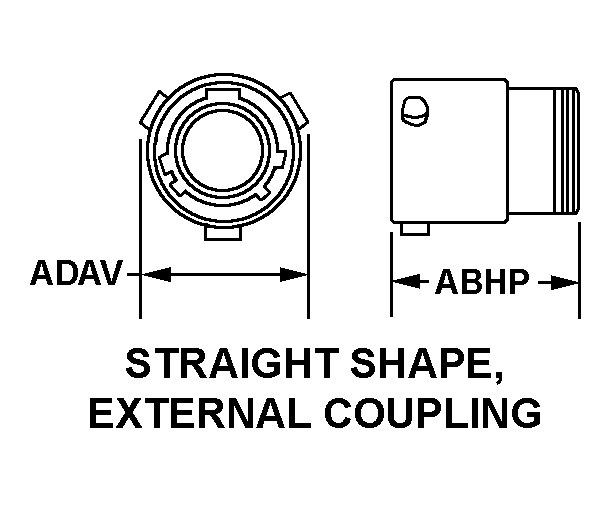

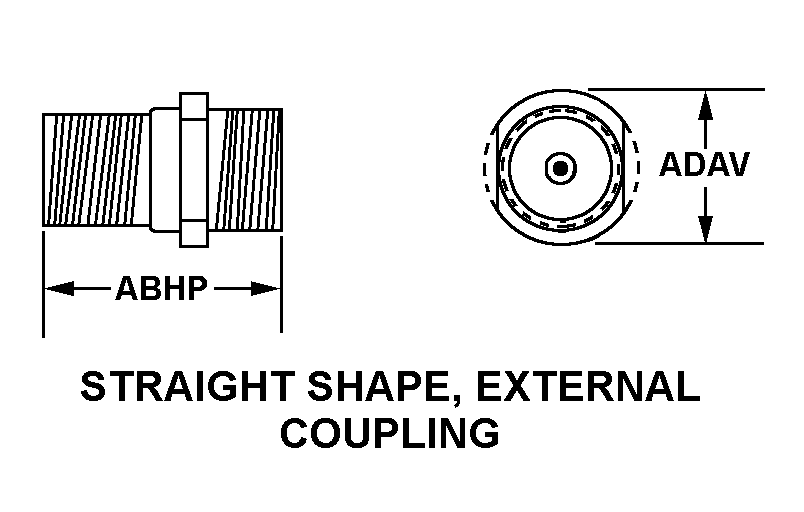
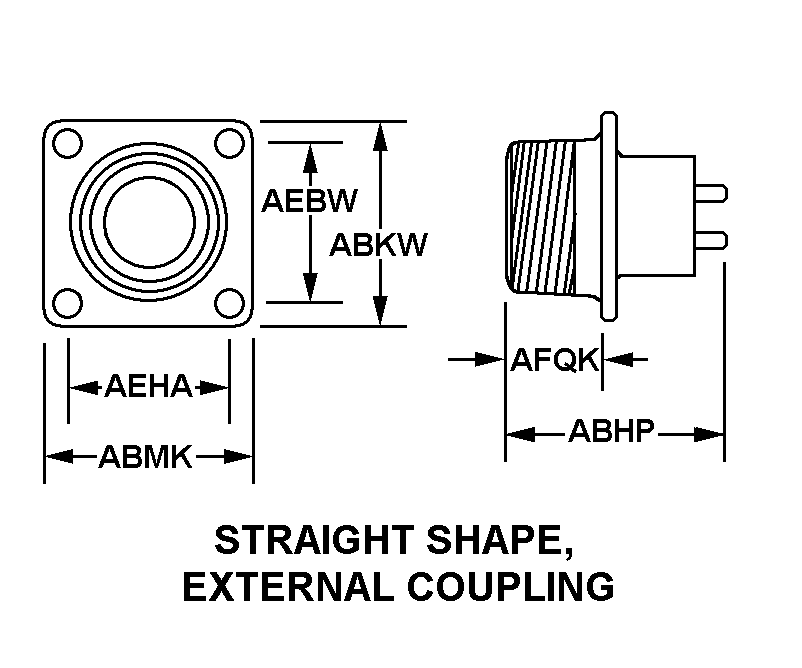

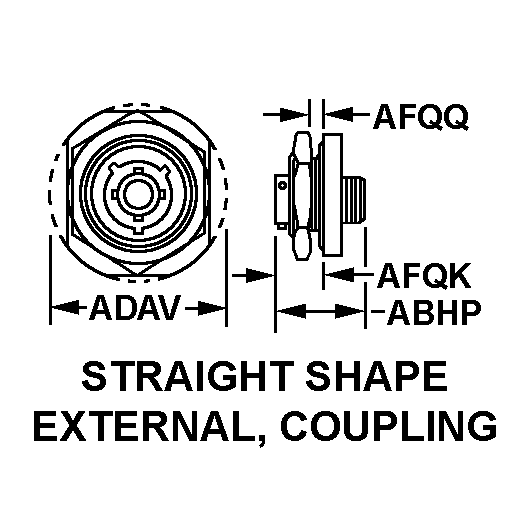
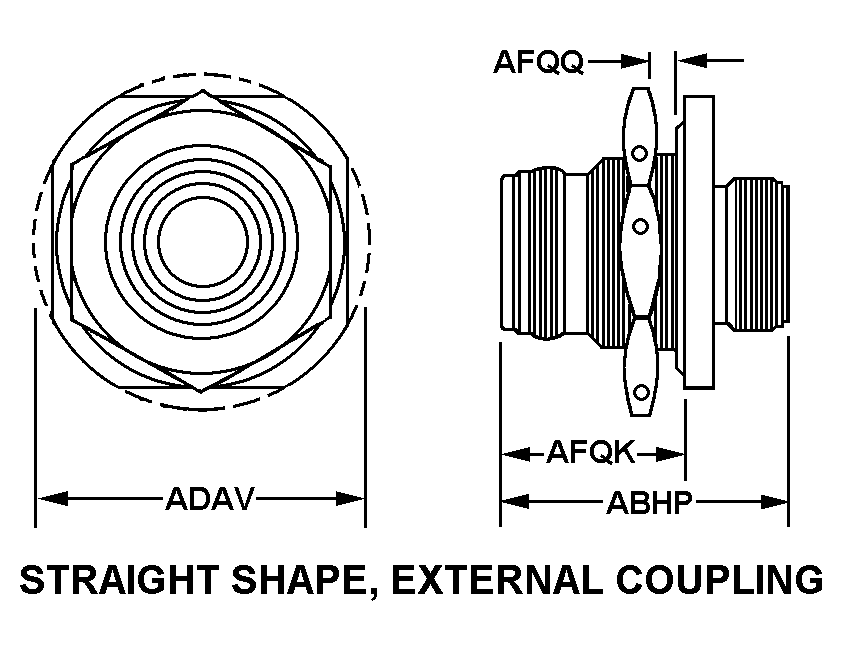
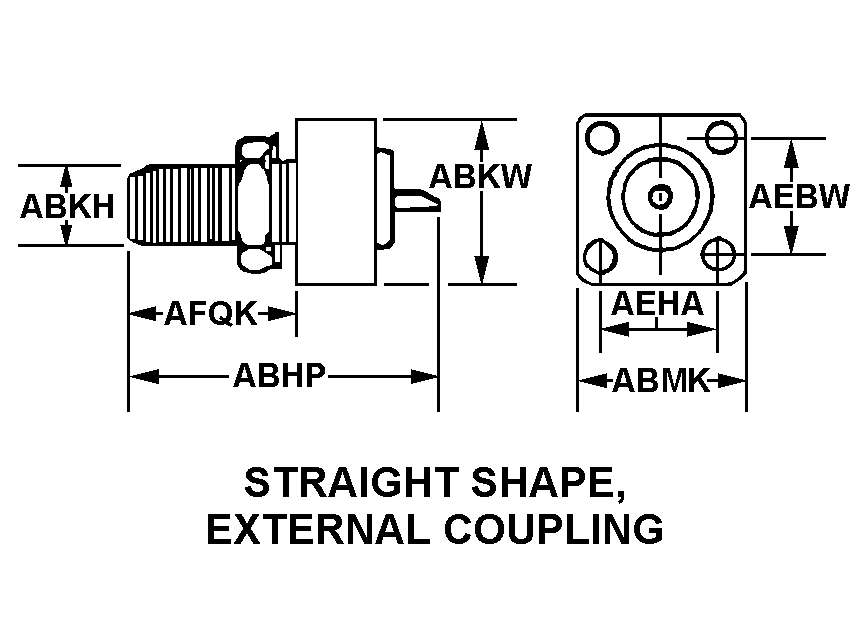
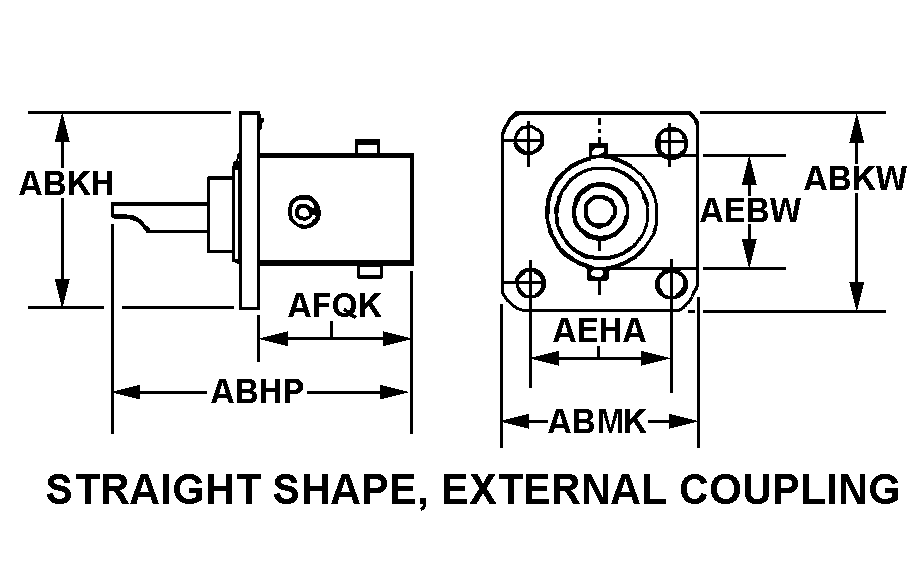
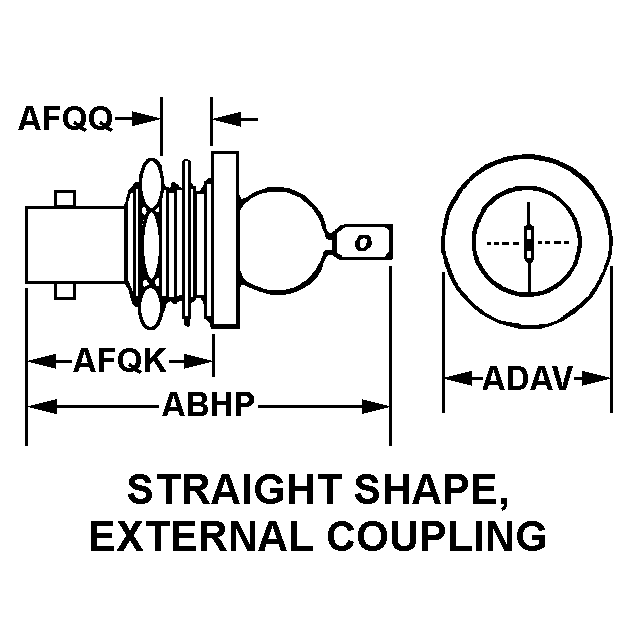
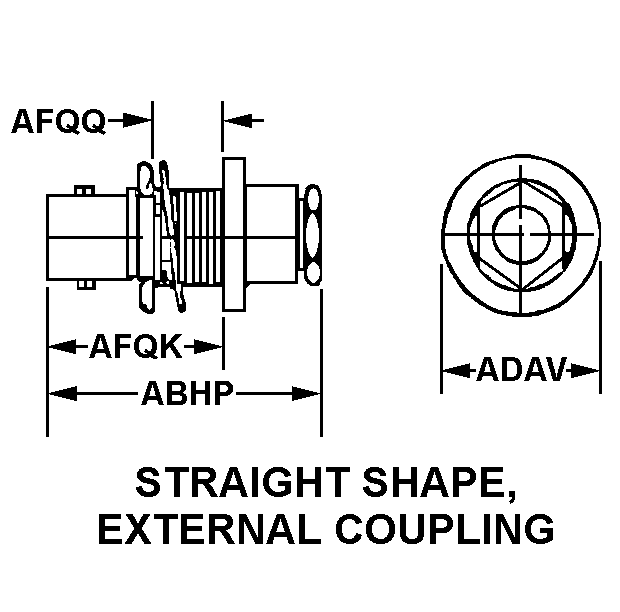
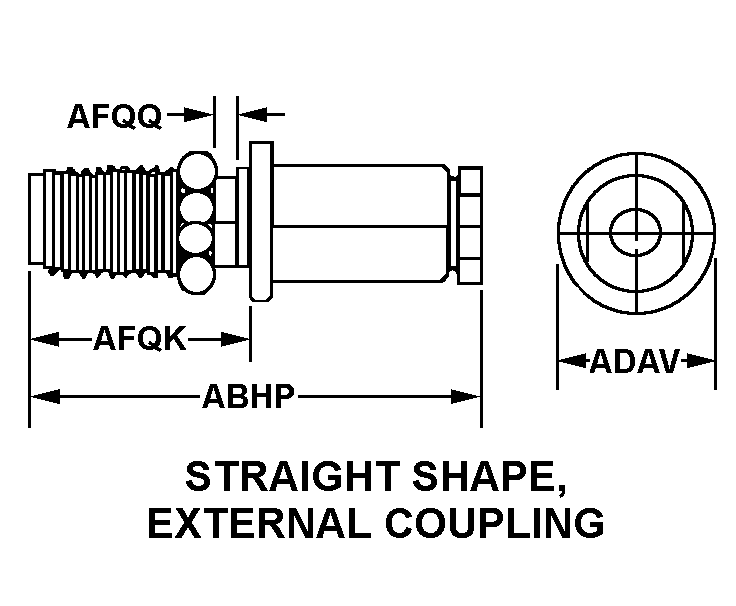
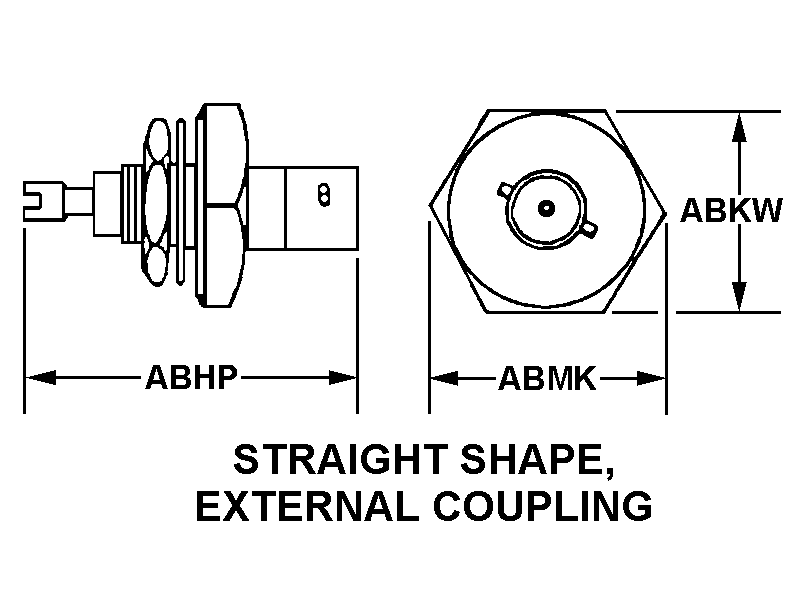
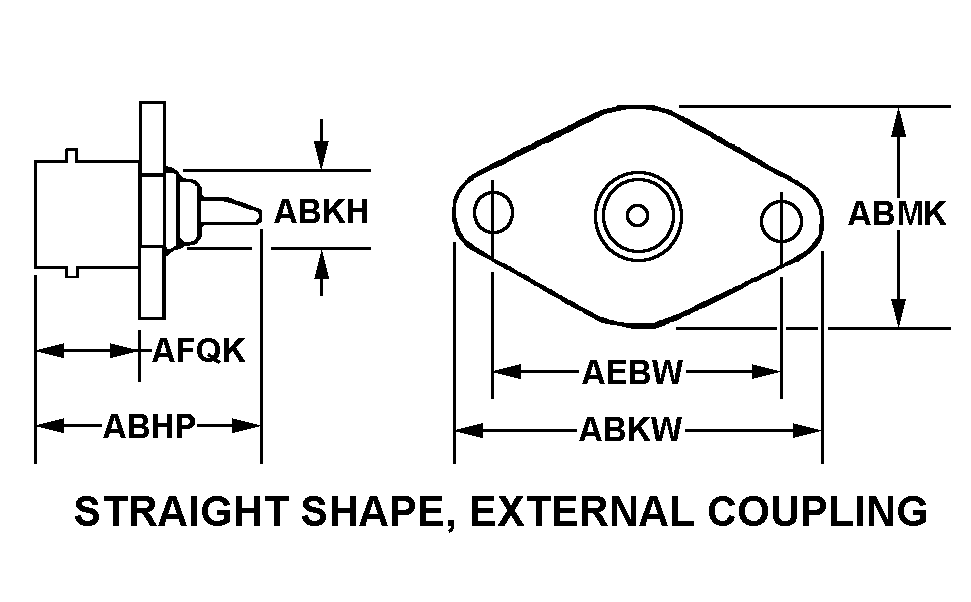
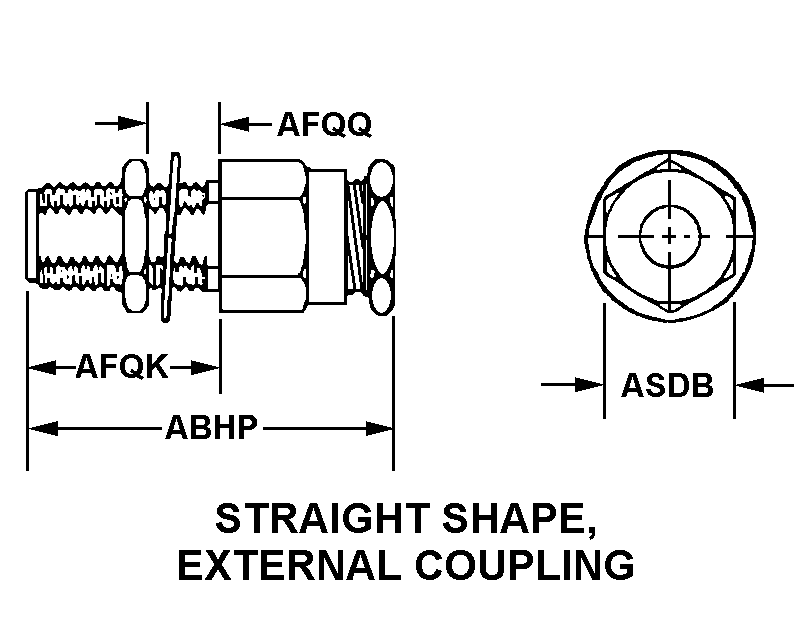
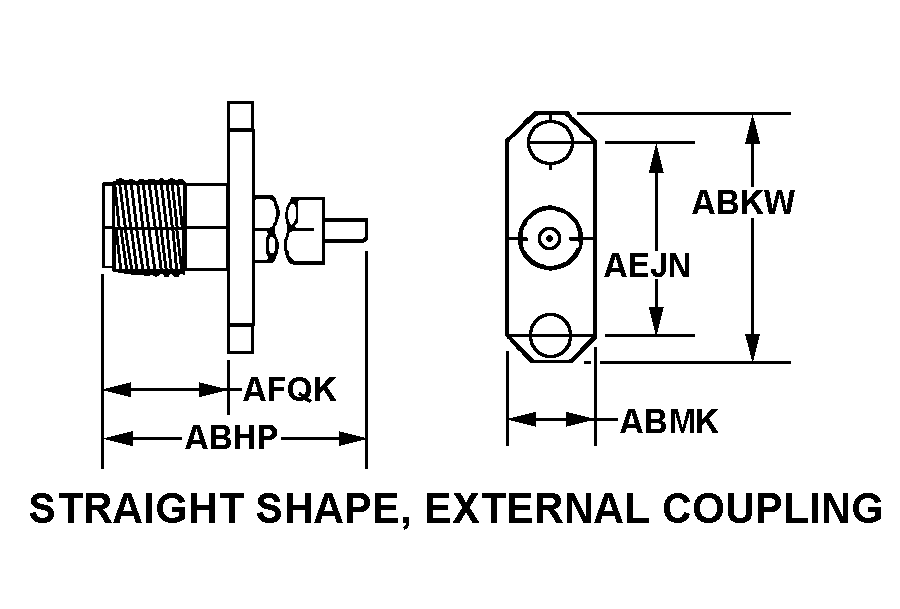
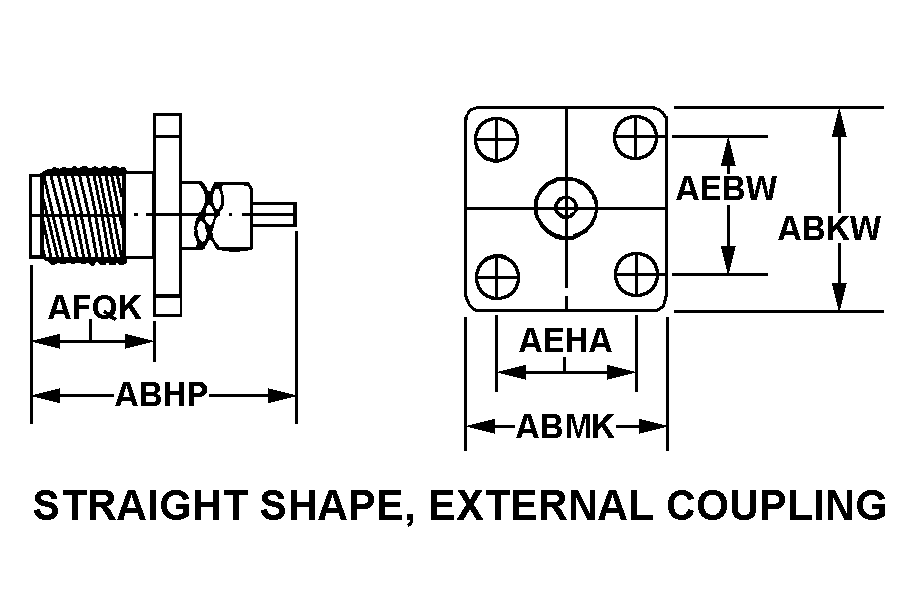
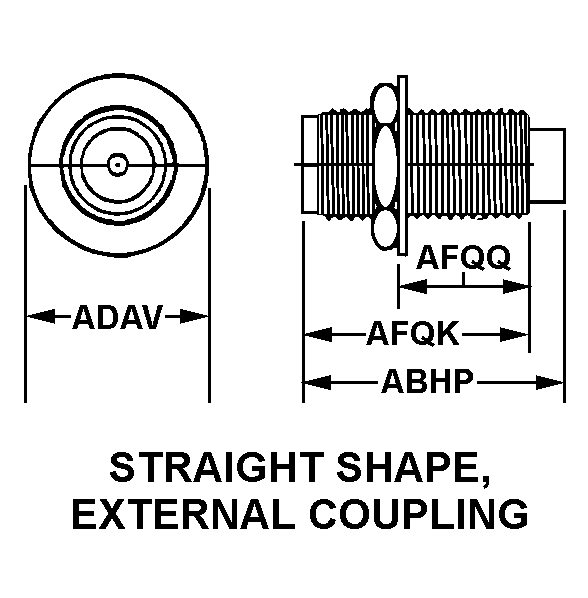

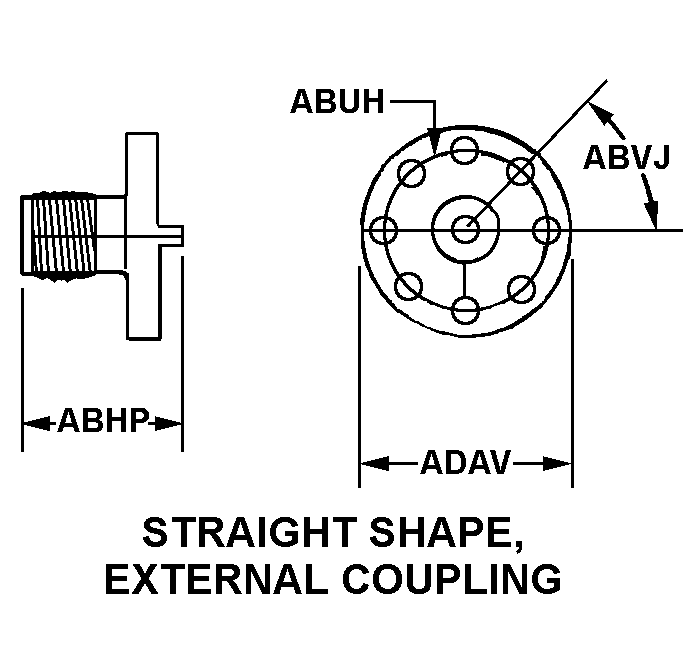
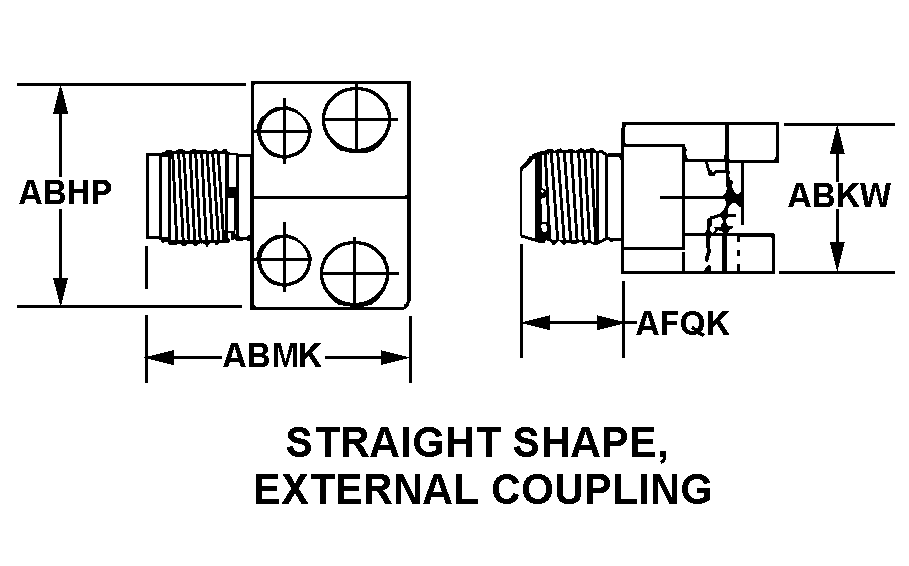
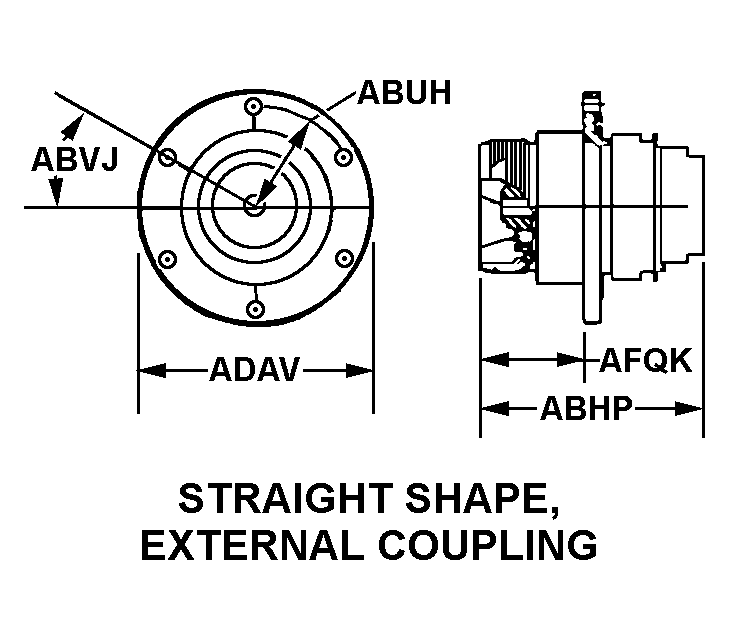
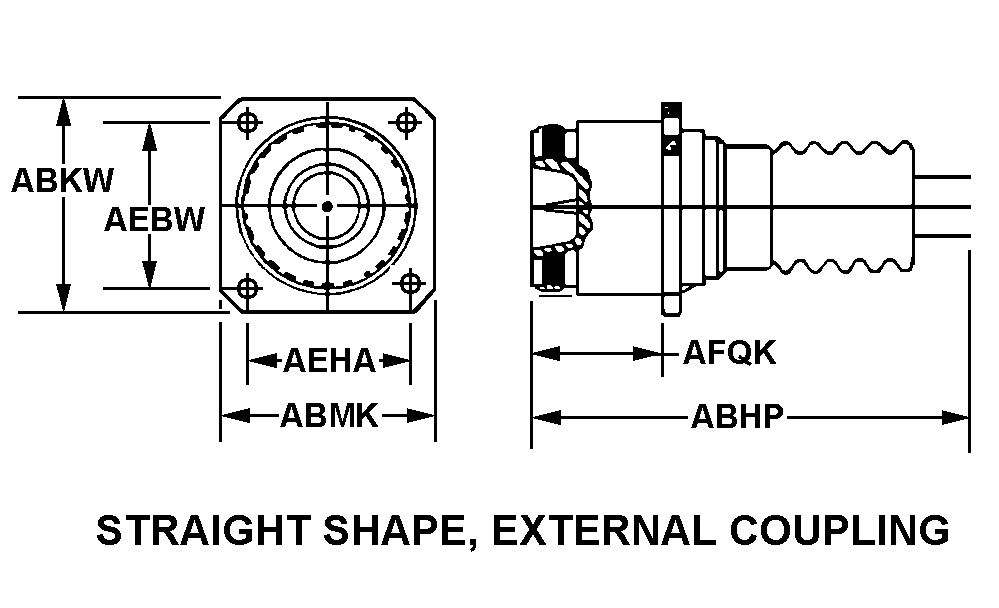

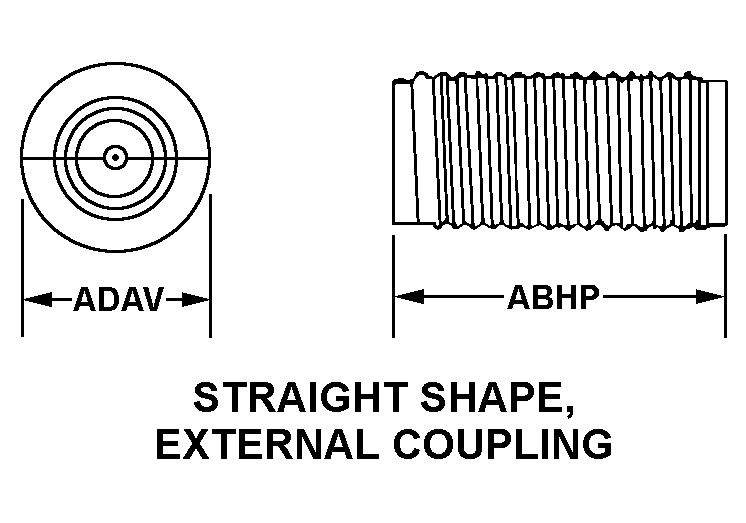

Definition Definition of approved item name (AIN): "CONNECTOR,BULKHEAD,ELECTRICAL"
An electrical fitting with electrical contacts designed to be mounted on a bulkhead, chassis, panel, wall, or the like. it allows electrical continuity of cable assembly electrical (with modifier) through bulkhead or the like. it may have insulating elements, a hood or shell, screws and means for polarizing and aligning.
5935-01-588-8571 Material Hazmat, Precious Metals, Criticality, Enviroment, and ESD
Indicates there is no information in the hmirs. The nsn is in a fsc in table ii of fed std 313 and a msds may be required by the user. The requirement for a msds is dependent on a hazard determination of the supplier or the intended end use of item.
Item does not contain precious metal.
No known electrostatic discharge (esd) or electromagnetic interference (emi) sensitivity.
Represents items with no adp components
The item does not have a nuclear hardened feature or any other critical feature such as tolerance, fit restriction or application.
Identification Codes
HMIC: Hazardous Material Indicator Code. A one position code that identifies a hazardous item.
PMIC: Precious Metal Indicator Code. A one position code which identifies items that have precious metals as part of their content. precious metals are those metals generally considered to be uncommon, highly valuable, and relatively superior in certain properties such as resistance to corrosion and electrical conductivity.
ESD: Electrostatic Discharge. Indicates if an item is susceptible to electrostatic discharge or electromagnetic interference damage. electrostatic discharge damage occurs when an accumulation of static electricity generated by the relative motion or separation of materials is released to another item by direct contact. electromagnetic interference damage occurs when an item comes into proximity with an electrostatic or magnetic field.
ENAC: Enviromental Attribute Code. Identifies items with environmentally preferred characteristics.
CRITL: Criticality Indicator Code. Indicates an item is technically critical by tolerance, fit, application, nuclear hardness properties, or other characteristics.






